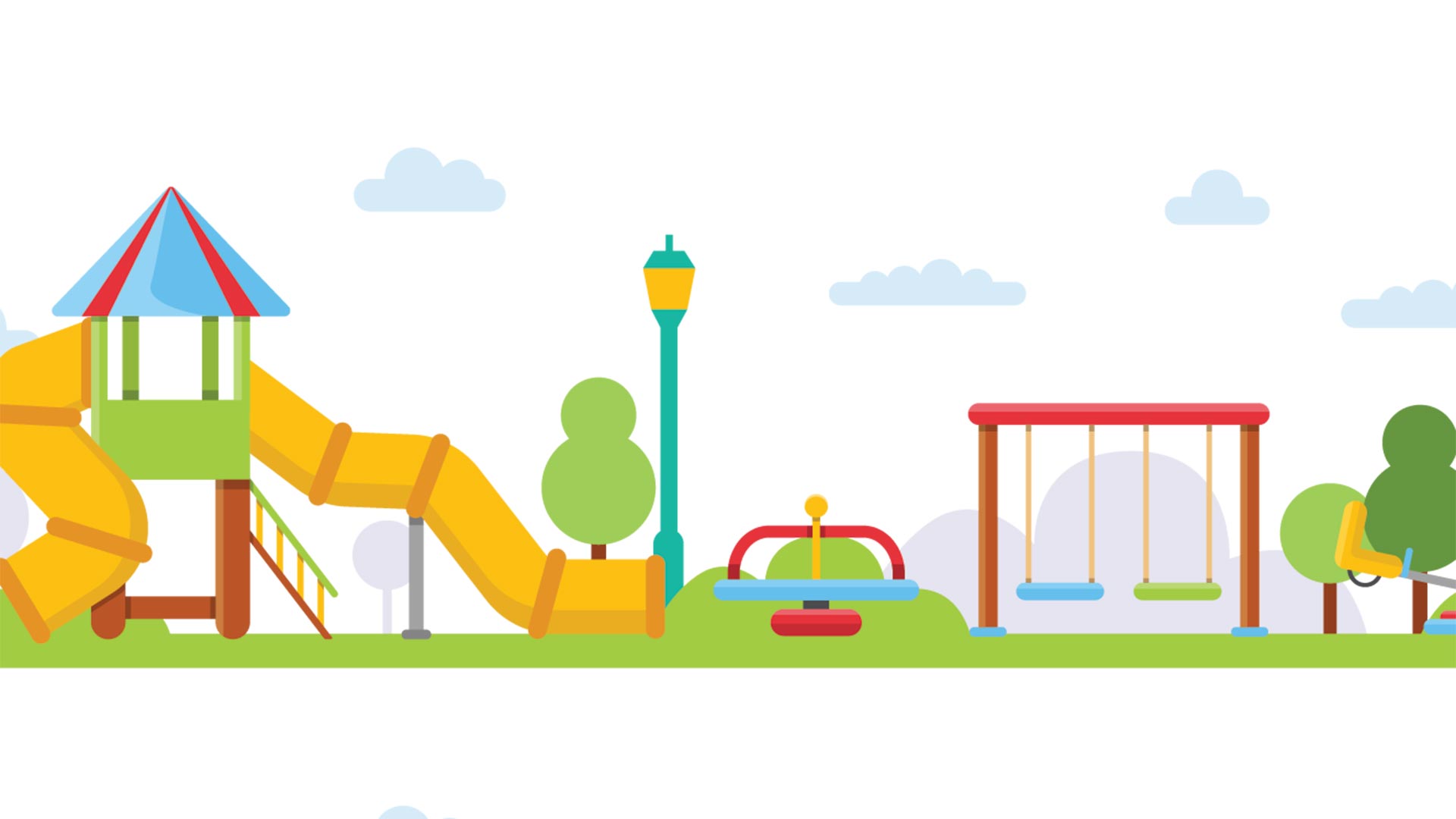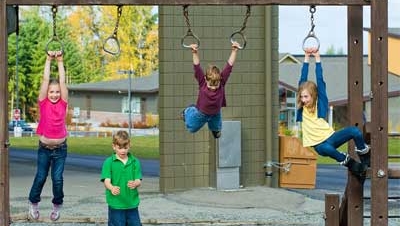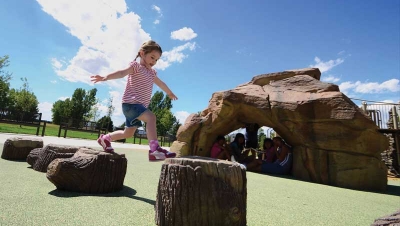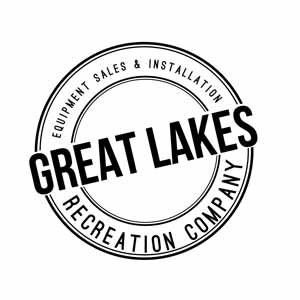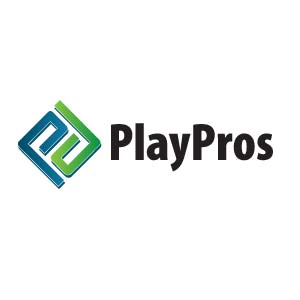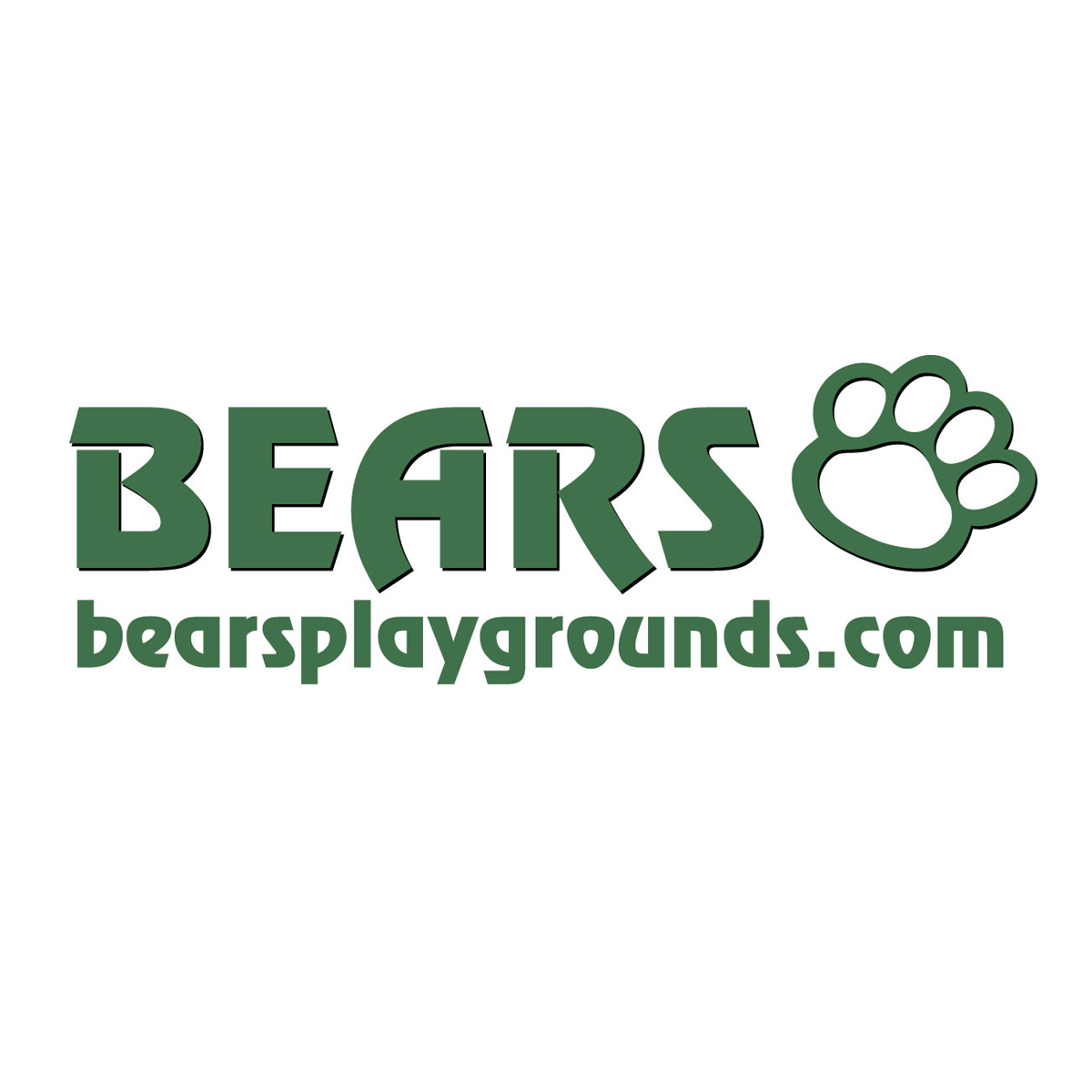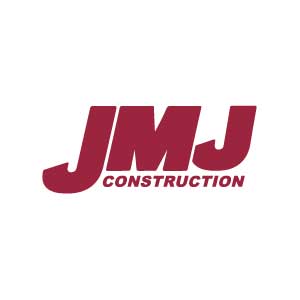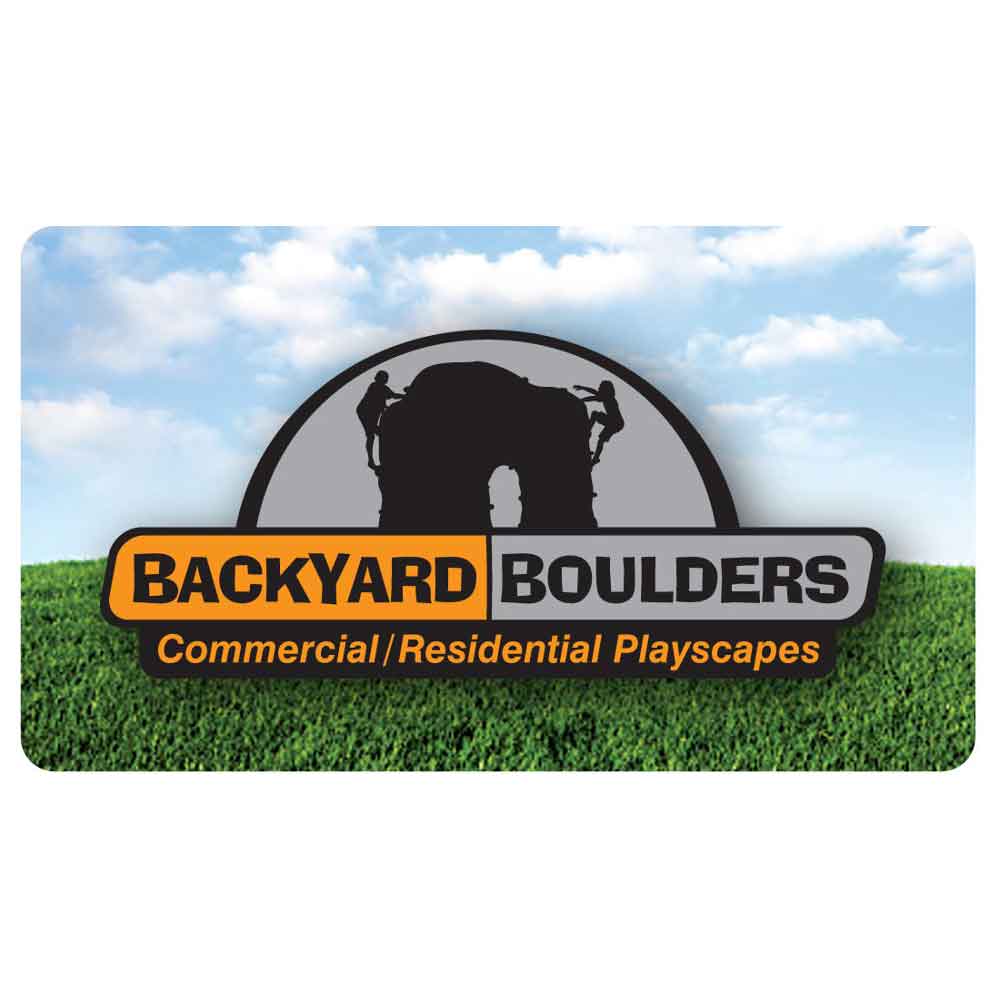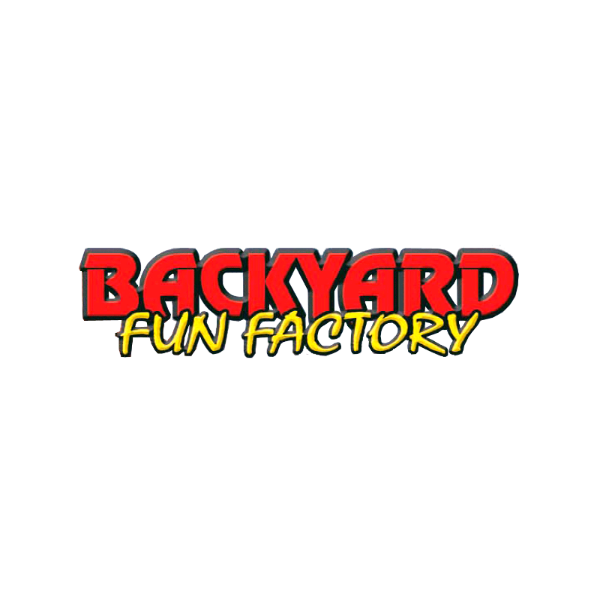How do I know which is the right one?
Deciding what “brand” of play equipment to purchase for your project can be a daunting task. The International Playground Equipment Manufacturers Association (IPEMA) has more than 100 manufacturer members of playground or playground surfacing products.
This is an unbelievable source of information to choose from. The problem can be narrowing it down to one company to work with on your next project.
Researching playground equipment suppliers is as easy as finding Google.com. Playground Magazine, the National Recreation and Parks Association and other groups have great websites that describe play equipment manufacturers’ product strengths. Visiting individual manufacturers’ websites will give you a feel for the company and provide you with an array of web pages filled with company and product information. Many suppliers also have informative catalogs with photo comparisons, charts, graphs and testimonials of their products and services.
Recycled materials are a working example of materials that are a sound investment for consumers aware of the benefits and possibilities of using these products. Using post-consumer products has become increasingly popular. In fact, we have seen a recent surge in the use of recycled materials for playground equipment.
Some of the things you will need to know to establish an opinion about the product strengths are what I call the “safety factor.” An equipment supplier should be able to supply you with proof of compliance with ASTM and CPSC guidelines. The easiest way to establish this is to look for the IPEMA-certified seal on the playgrounds throughout the catalog or on the website. Never assume that just because a company is a member of IPEMA that all their products are certified.
Likewise, just because a product is not certified does not make it a “bad” product. To error on the safe side is to “only” consider a modular or independent piece of equipment that is IPEMA or third party certified. Manufacturers are more than happy to only show you such products and the variety is huge.
A comparison of “quality” of the individual raw materials between different companies is a down-and-dirty way to truly understand the differences in equipment costs, as designs may appear nearly identical in a playground catalog. You know the saying: You get what you pay for. If you want the playground to last, some research into the quality of the materials used is warranted. Some consumers feel that quality is secondary. They want a bargain and will purchase based on this factor alone. Cheaper up front does not always equate to less expensive down the road. Assembly and installation and other items like excavation, border containment and maintenance, all play a role in the outlay of a playground and may well be more costly if the initial equipment purchase was a “bargain” on the front end.
Things to consider about the durability of materials include: Steel - is it galvanized? Aluminum - what is the thickness of the wall? Plastic components - Are they double or single-wall? All these factors play into the cost of manufacturing which, of course, affects the cost to the consumer. Vandal resistant hardware, chain fasteners instead of S-hooks, insulated PVC coating and, of course, the process used for powdercoating, all have varying levels of quality. A great way to check equipment is to check the playstucture deck. Other parts of the playground will resemble the look and quality of the deck.
Recycled materials are a working example of materials that are a sound investment for consumers aware of the benefits and possibilities of using these products. Using post-consumer products has become increasingly popular. In fact, we have seen a recent surge in the use of recycled materials for playground equipment.
Equipment aesthetics can also lend to the look of expensive versus the bargain brand. Nearly everyone has enough of an artistic eye to see colors, design and contours that speak of quality and engineering inventions that are modern and give attention to the special details that will make your playground stand apart from the rest.
The best way to really understand differences in play equipment is to visit actual locations of existing playgrounds. This way you can compare equipment based on touching, climbing and using the equipment.
Play equipment manufacturers all provide equipment warranties. These can be those “fine print” documents that nobody reads. Don’t be caught in that trap. Always ask the manufacturer or manufacturer representative specific questions about the warranty that puts that fine print language in terms you understand.
Terms like, “lifetime” or “100-year” warranty mean different things to different companies and play a role in the cost of replacement parts and the overall cost of ownership.

